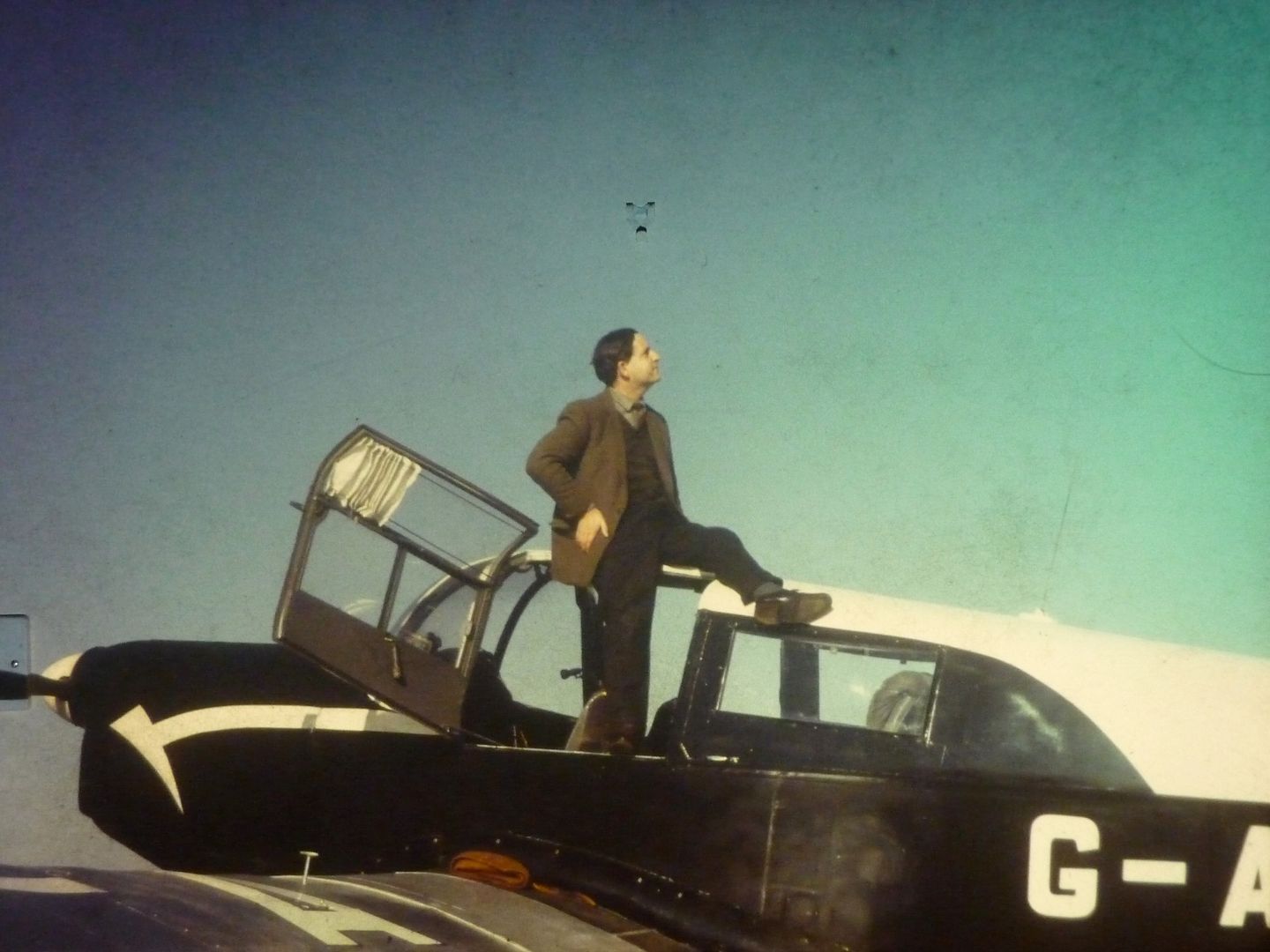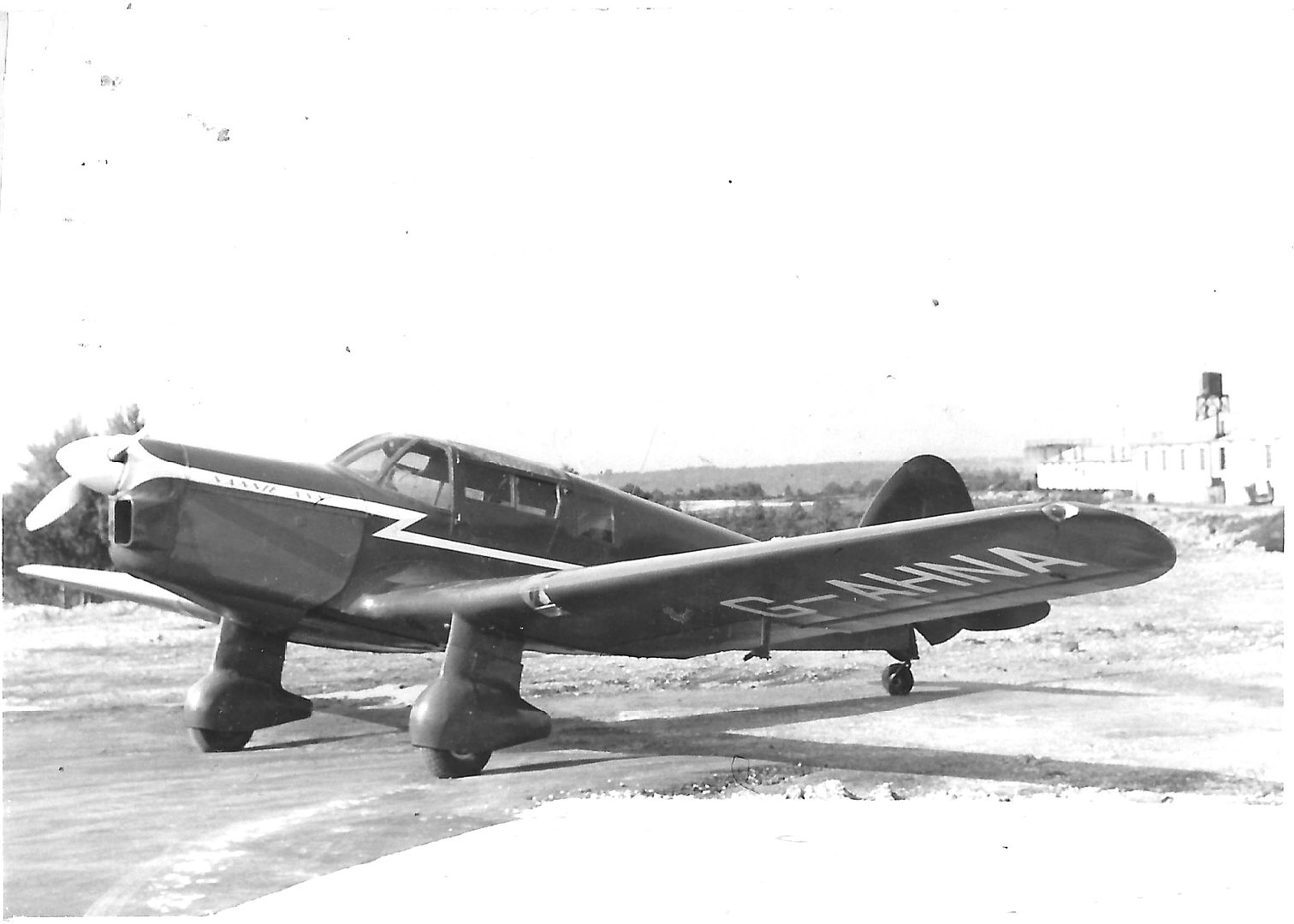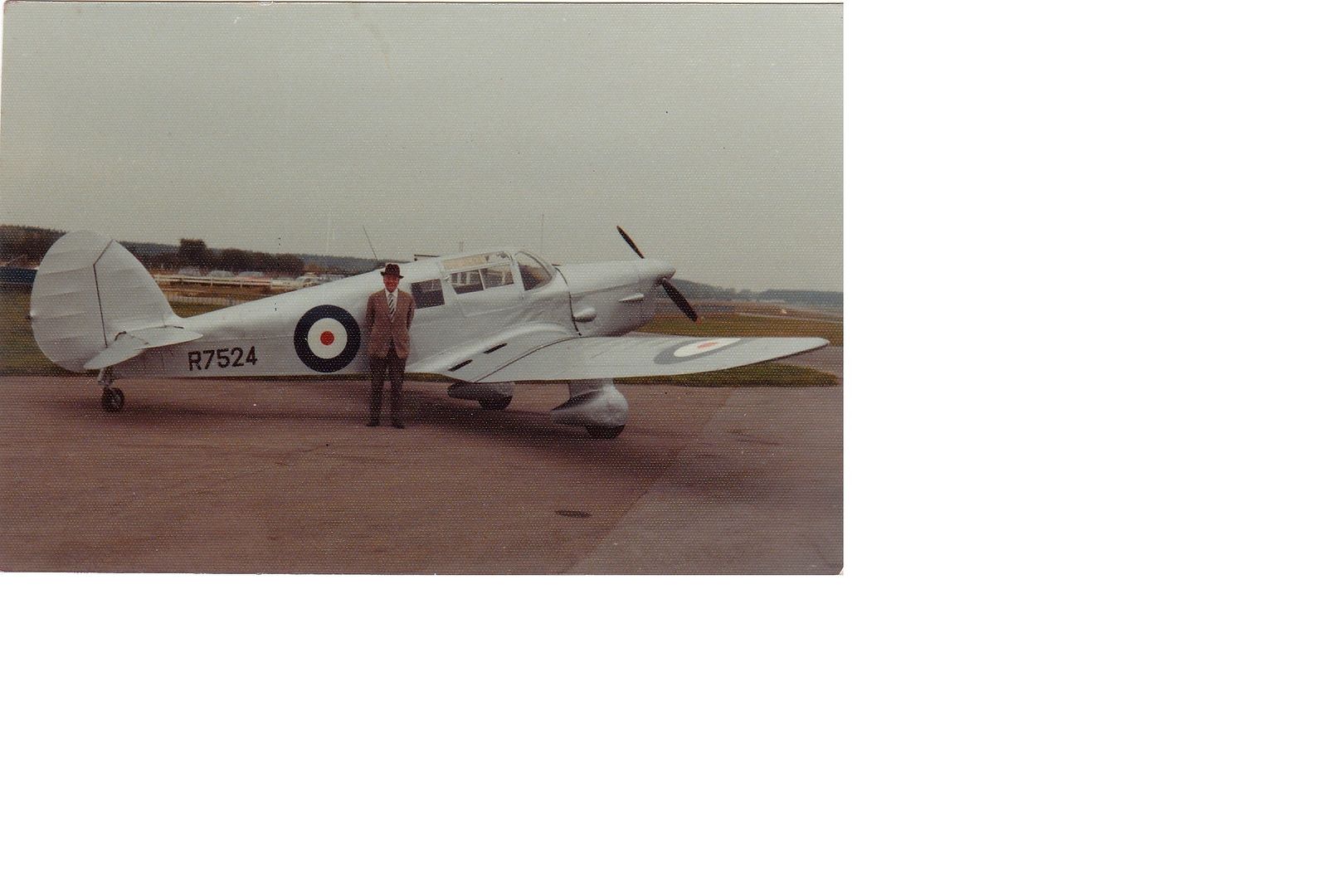Post by flyboy on Jun 22, 2019 16:34:34 GMT
THE PERCIVAL PROCTOR
The Percival Proctor was a development of the Percival Vega Gull and was produced during the Second World War as a communications aircraft and radio trainer. Meeting Air Ministry Specification 20/38 the aircraft had a fuselage that was extended by six inches and had larger rear cabin windows than the Vega Gull. In addition modifications included altering the crew seats to enable crew members to wear parachutes. The fitting of radio sets and associated equipment was also incorporated.
The prototype aircraft P5998 first flew on 8th October 1939 at Luton Airport and having procured an initial order for 247 examples to meet operational requirement OR.65, production was soon started by Percivals. As production was increased F.Hills and Sons became the other major producer and they built 812 aircraft between 1941 and 1945 at their Trafford Park facility near Manchester, with most being assembled at Barton Airfield. Initially the early Mk 1 to 3 aircraft were much lighter and less bulky than the later models and consequently had better performance. Plans were in place to improve the later built aircraft performance but with the planned Percival Prentice on the drawing board this was shelved.
The prototype aircraft was tested as an emergency bomber in 1940 but as a result of the lessening of the anticipated invasion threat to the UK this idea was abandoned.
The Youngman-Baynes Hi Lift aircraft is of interest as it incorporated many Proctor parts. It was designed as a 'one off' by L.E.Baynes to test R.T Youngmans design of slotted wing flaps. The aircraft carried the military serial VT789 c/n 1 for its first flight at Heston on 5.2.48, having been built by the Heston Aircraft Company. It was test flown by Flt Lt R.S Munday.
In May 1950 it was given the civilian registration G-AMBL retaining the c/n 1 and was noted at Blackbushe with Aviation Servicing who issued it with a C of A on 16.8.50. It remained at Blackbushe where it was last noted on 20.9.50. Having been retired in 1954 it went to the College of Aeronautics at Cranfield.
A total of 1,143 Proctors of various marks were eventually built before the main users, being the RAF and Fleet Air Arm, retired their aircraft around 1955. The remaining airworthy examples found their way into private operation until the 1960s but by this time there was major concern regarding the glued joints in the airframes which resulted in all being grounded. However, that was not to be the end of the story as a few of the early Proctors have been rebuilt using modern adhesives and more are following. Early Proctors were good light aircraft as has been recognised by their restorers with the long range, load carrying ability and useful wing folding availability.
Variants:
P.28 Proctor 1 Three-seat dual-control communications and radio/navigation trainer for the RAF. 147 built.
P.28 Proctor 1A Three-seat dual-control deck landing/radio trainer for RN/FAA with dingy space and naval instruments. 100 built.
P.29 Proctor Aircraft converted to light bomber. Carried 16 20lb bombs under wings. 1 built.
P.30 Proctor 11 Three-seat radio trainer.175 built which included 112 Mk.11A for the Royal Navy.
P.34 Proctor 111 Three-seat radio trainer for Bomber Command radio operators. 437 built.
P.31 Proctor 1V Four-seat radio trainer with enlarged fuselage. 258 built.
Proctor 5 / RAF C.Mk.5 Four-seat civil light aircraft. 150 built.
Proctor 6 Float-plane version. Only one built.
P.46 Proctor. A Proctor 1V fuselage, modified with a new wing built by Heston Aircraft as the Youngman-Baynes High Lift Monoplane.
Specifications:
Proctor1V
Crew Two/One
Capacity One/Two
Length 28' 2'' (8.59m)
Wingspan 39' 6'' (12.04m)
Height 7' 3'' (2.21m)
Weight Empty 2,375lb (1,075kg)
Weight Max T/O 3,500lb (1,588kg)
Powerplant 1x de Havilland Gipsy Queen II with 2-bladed propeller, 210hp (157kw)
Performance:
Max Speed 139kts (160mph)
Cruise 122kts (140mph)
Stall Speed 42kts (48mph)
Range 435nm (500mi)
Ceiling 14,000' (4,265m)
Rate of Climb 700ft min (3.6 m/s)
Continued:




